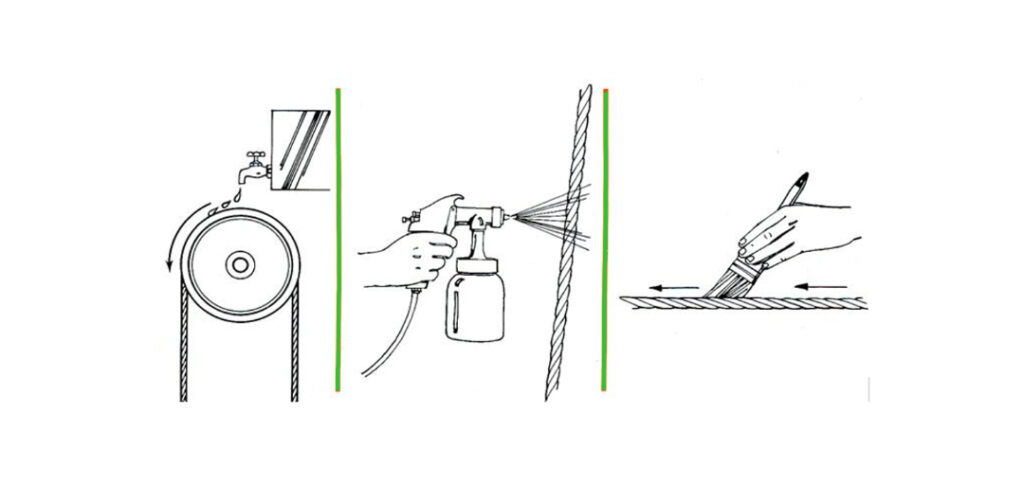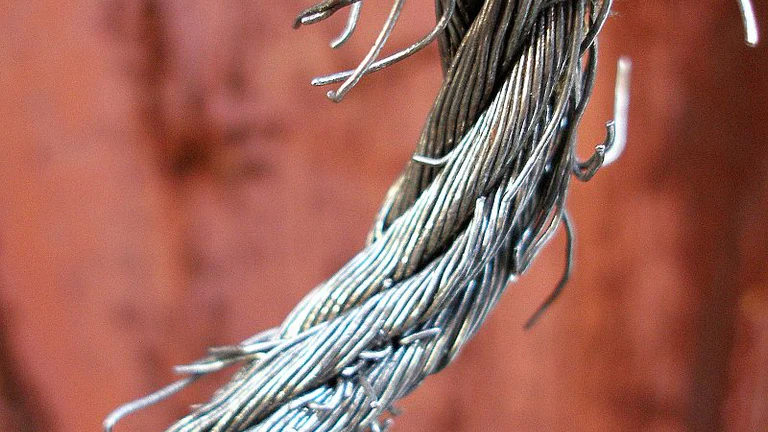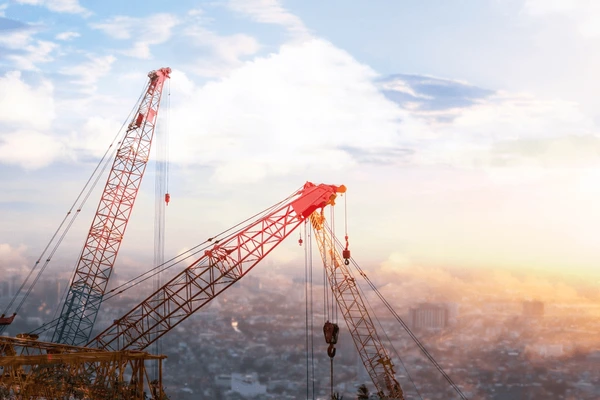Ivital’s special high-performance wire ropes are one of the most important parts of heavy-duty cranes. Without them, the cranes don’t work. Our wire rope makes your cranes last longer and costs you less money in downtime. You need to store, install, maintain, lubricate, and throw away wire rope according to international standard ISO 4309 to get the most life out of our stuff.
Wire Rope Storage
Storage
Store ropes in a cool, dry building. Do not store them on the floor. Do not store them where they could be affected by chemicals, chemical fumes, steam, or other corrosive agents. Cover them so moisture cannot get to them and cause corrosion.
Check ropes in storage periodically for signs of deterioration such as surface corrosion. If necessary, treat them with a suitable preservative or lubricant that is compatible with the rope manufacturer’s lubricant.
In warm environments, rotate the reel one half-turn periodically to keep the lubricant from draining out of the rope.

Lubricating wire rope
Wire rope is a machine with many moving parts (wires-strands) and as such is subject to internal and external friction causing wear and corrosion.
Suitable lubricants are applied during the manufacture of the core, the strands, and finally the finished ropes. The service lubricant should be compatible with the original lubricant used by the wire rope company.
A good lubricant must have the following properties:
Good adherence
Resistance to penetration of water and other corrosive elements
Antioxidants – to resist aging
Alkaline-based emulsifiers – to neutralize acid
Rope lubing during make:
- Petroleum base lubricant
- Bitumen base lubricant

Wire ropes that need to be thrown away
- Wire ropes with plastic wear or surface embrittlement on the outside wires
- Wire ropes that suddenly get smaller in diameter and have a longer lay length
- Wire ropes that have severe corrosion like chain pitting or internal corrosion
- Wire ropes that are distorted like kinking, crushing, birdcaging, etc.
- Wire ropes that have been severely shocked or overloaded because of some accident with equipment
- Wire ropes that have a core that has collapsed or been damaged by heat
- Wire ropes that have end fittings/attachments that are damaged, cracked, deformed, or worn out
Busted Wires
- If you see too many busted wires, throw the rope away.
- If you see busted wires in the valleys between the strands, the rope is rotting inside and you need to look at it closer. If you see two or more busted wires in a length of rope that is six times the diameter of the rope, throw it away.
- If you see busted wires right next to the fitting, you need to cut the fitting off and put a new one on. If you don’t do that, throw the rope away.
- If you see one strand that is completely busted or the core is all smashed up, throw the rope away.

Increase in rope diameter:This usually means the core is messed up, like when the fiber core gets wet and swells up or when rust and dirt get in the rope.

If the rope gets 5% bigger if it’s a steel core or 10% bigger if it’s a fibre core, you need to find out why and think about throwing it away.
Getting smaller: There are a number of reasons why a rope gets smaller, one of which is external wear. This usually happens when the rope rubs against sheaves or drums or when the rope rubs against the rope, like it does on the crossover zones as the rope goes around the drum. You’ll usually see more wear in the parts of the rope that touch the grooves in the sheaves and drums when the load is speeding up or slowing down. Not enough lube and having dirt in the air can also make the rope wear out faster. In addition to the obvious ways the rope can wear out that you can see, the rope can also get smaller because of one or more things happening inside the rope, like:
Rope wears out from rubbing together of the strands and wires in the rope, especially when you bend it.
The fiber core rots or the steel core breaks.
The inner layers of strands in a non-rotating rope break. The rope gets weaker because the rope gets smaller from wear.
Bottom line: At IVITAL, we’re all about helping you get the most life out of your wire rope. That’s why it’s so important to store it right, handle it right, and install it right. That’s why we follow the international standard, ISO 4309, to help you get the most out of our products.



